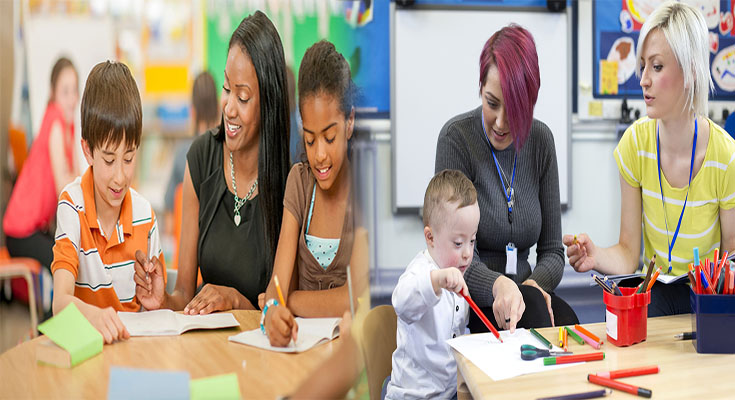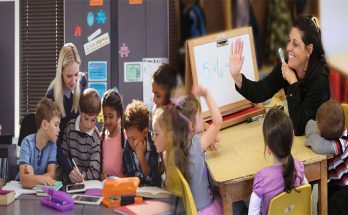Special education instruction plays a pivotal role in meeting the unique needs of students with disabilities. To ensure the success of these students, it is crucial to adopt collaborative approaches that involve educators, specialists, families, and community members. By fostering collaboration, sharing expertise, and pooling resources, special education instruction can become more effective, inclusive, and impactful. Let’s explore the benefits and strategies of collaborative approaches in special education.
Benefits of Collaboration
Collaborative approaches in special education instruction offer numerous benefits for both students and educators. By working together, educators can leverage their collective knowledge and experience to create individualized education plans (IEPs) that address students’ specific needs and goals. Collaboration also promotes a more holistic understanding of each student’s strengths, challenges, and learning styles. Furthermore, involving families and community members in the collaborative process fosters a sense of partnership and shared responsibility, leading to increased support and advocacy for students both inside and outside the classroom.
Building a Collaborative Team
To establish an effective collaborative team, it is vital to bring together a diverse group of professionals who possess varied expertise and perspectives. This team may include special education teachers, general education teachers, speech and language therapists, occupational therapists, psychologists, and other specialists. Additionally, involving families and students themselves in the decision-making process is crucial for creating a truly collaborative environment. Each member of the team should have a clear understanding of their roles, responsibilities, and contributions to the instructional process.
Effective Collaboration Strategies
Collaborative approaches in special education instruction can be enhanced through various strategies. Regular team meetings, where members can discuss and share information about students’ progress, challenges, and strategies, are essential for maintaining open lines of communication and facilitating collaboration. Co-teaching, whereby special education and general education teachers work together in the same classroom, allows for differentiated instruction and ensures that students receive support in a least restrictive environment. Professional development opportunities that focus on collaborative practices and inclusive strategies can also strengthen the skills and knowledge of educators.
Technology as a Collaborative Tool
Technology can be a valuable tool in supporting collaboration in special education instruction. Online platforms, video conferencing, and shared documents enable educators to collaborate beyond physical limitations, facilitating communication and resource-sharing. Virtual learning environments can also provide opportunities for students with disabilities to access specialized instruction remotely, particularly in cases where access to specialists or specialized services may be limited. Leveraging technology as a collaborative tool not only enhances communication and coordination but also opens up new possibilities for inclusive and personalized instruction.
Overcoming Challenges
Collaborative approaches in special education instruction can face challenges that need to be navigated. Time constraints, differing perspectives, and varying levels of expertise among team members may require clear guidelines, effective communication strategies, and ongoing professional development. It is crucial to establish a culture of collaboration that promotes trust, respect, and open dialogue. By addressing these challenges proactively, collaborative teams can work towards the shared goal of providing high-quality education for students with disabilities.
Embracing Collaborative Approaches
Collaborative approaches in special education instruction have the potential to transform the educational experience of students with disabilities. By bringing together educators, specialists, families, and community members, a collaborative team can provide personalized, inclusive instruction that meets the diverse needs of students. Through shared expertise, resources, and decision-making, collaborative approaches foster an environment where students can thrive academically, socially, and emotionally. Embracing collaborative approaches is not only a professional responsibility but also a powerful way to create an inclusive and equitable educational system.
Collaborative approaches in special education instruction are essential for meeting the diverse needs of students with disabilities. By building collaborative teams, adopting effective strategies, utilizing technology, and overcoming challenges, educators can create inclusive learning environments where all students can succeed. Collaboration enhances communication, fosters a holistic understanding of students’ needs, and leverages the expertise of various professionals. By embracing collaborative approaches, we can ensure that students with disabilities receive the support, resources, and opportunities they require to reach their full potential in their academic journey.





